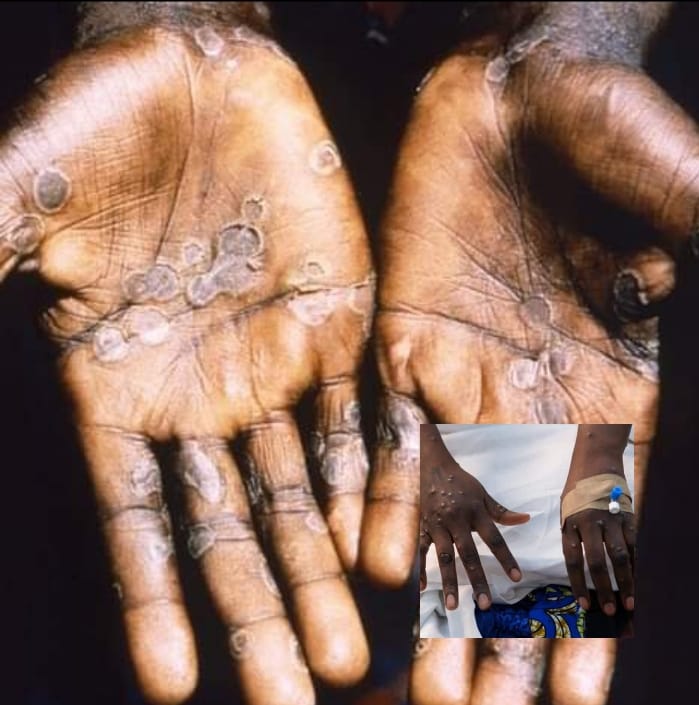The World Health Organization (WHO) announces that Mpox cases in Congo, where the new variant emerged, are leveling off, a promising sign, especially since this variant is more contagious.
The World Health Organization observes a broad escalation of Mpox infections in Congo, although South Kivu, the initial detection site, displays case stabilization, enabling health authorities to potentially contain the outbreak.
Reports indicate that Congo saw a substantial decrease in laboratory-confirmed Mpox cases last week, from nearly 400 in July, alongside the immunization of 50,000 people against Mpox.
According to the Africa Centers for Disease Control and Prevention, an estimated 3 million vaccines are necessary to halt the outbreak.
The WHO points out that testing remains inadequate, hindering a comprehensive understanding of the virus’s transmission dynamics. Moreover, the outbreak persists in other regions of Congo, as well as in Burundi and Uganda, with Burundi documenting over 200 new cases weekly, primarily affecting children and young adults.
The World Health Organization will hold an expert meeting on November 22 to determine if mpox remains an international health emergency.
World Health Organization officials indicate that mpox cases are plateauing in the Congo region where a novel, more infectious strain was first identified, although the virus is still on the rise in other areas of the country, as well as in Burundi and Uganda.

The U.N. health agency reported on Monday that mpox infections exhibit a general rising trend globally, while signs of stabilization have emerged in South Kivu, where the highly infectious strain was initially identified spreading among sex workers and miners in the Kamituga gold mining community earlier this year.
WHO acknowledged that limited testing makes it challenging to grasp the exact spread of the virus.
Data from last week indicates that the Congo has seen a notable reduction in mpox cases, with fewer than 100 laboratory-confirmed cases reported, down from nearly 400 in July, suggesting a potential plateau in the outbreak.










